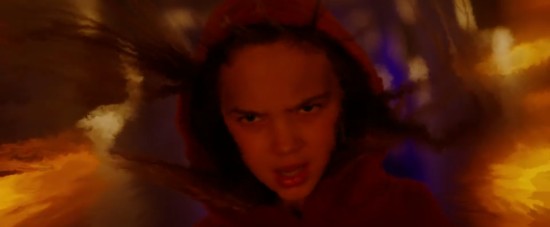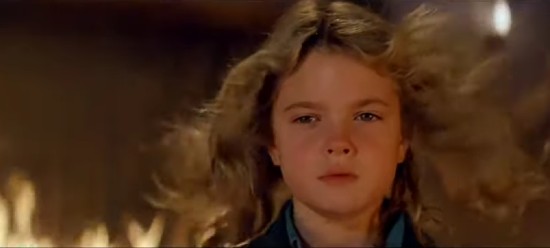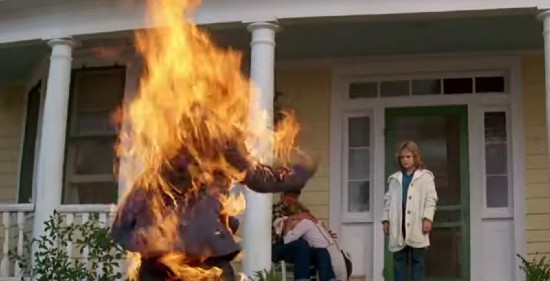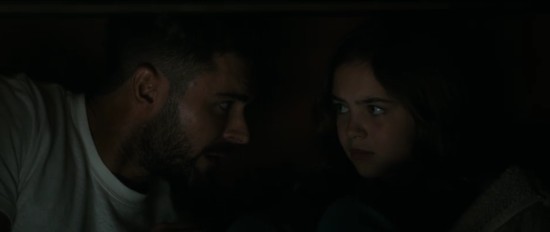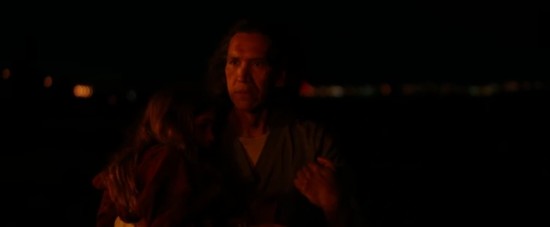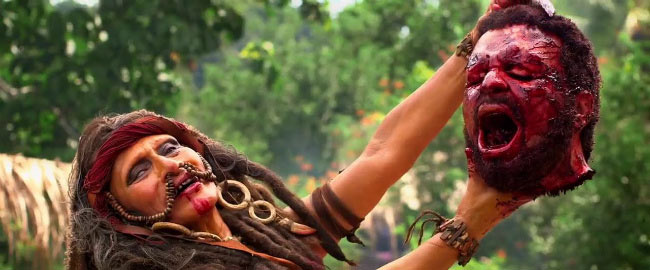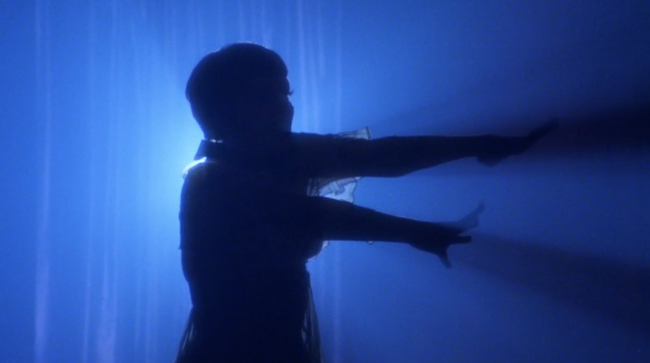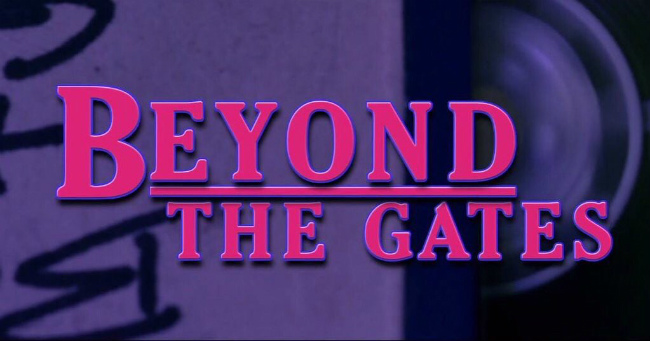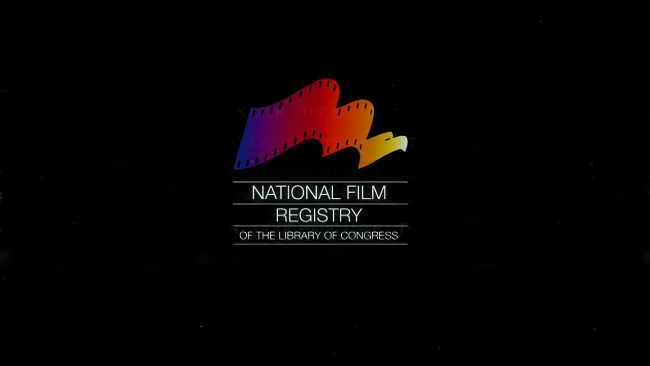Firestarter vs Firestarter, Remake vs Original
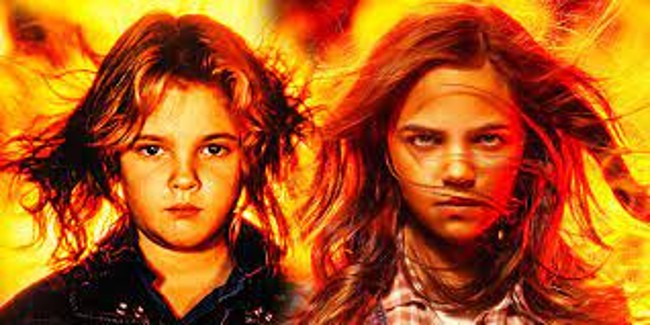
It would not break my heart if it was ruled by some cinema governing body that remakes, whether a classic movie or a movie no one had ever heard of, were outlawed. Too bad this will never happen, but it’s still safe to say that I am not a fan of the remake. In fact, I’m the president of my local chapter of disliking remakes. Yet, I still watch them.
WHY REMAKES?
I watch them and then I wonder why someone would ever remake a movie. The easy answer is money. A remake of a successful movie should result in box office returns. However, that’s not always the case and the studios don’t always make their money back and often lose money. Vanity, maybe? Some directors may honestly think they can do it better or maybe do something better than the original director. Who can forget the atrocious Flatliners remake?
Has director Keith Thomas (The Vigil) made Firestarter his own movie? The original Firestarter was a product of its time. Decent special effects and decent enough acting, Martin Sheen is the stand out in the cast though credit has to be given to David Keith for not trying to lose his southern accent for the role, make it watchable to the end. However, being a product of its time it also has the drawbacks of being a movie with more ambition than execution.
Firestarter vs. Firestarter
Firestarter almost feels like a superhero movie before the technology was available to make a viable superhero movie. We believed Superman could fly not because the movie poster told us we would believe a man could fly but because in the 70s it actually looked like a man could fly. Other superhero movies of the time didn’t fare as well. The practical foam rubber costume of the Swamp Thing makes it a stand out in the early attempts of superhero movies. Although the titular character in Howard the Duck looks like it came from the local Chuck E. Cheese, but in terms of practical effects it was a step in the right direction. A few years later Tim Burton would revolutionize things forever with Batman.
However, for much of the late 70s and early 80s superhero characters were relegated to the small screen with characters like Spider-Man, The Hulk, Wonder Woman, and Captain America. Maybe, if the technology was better, some of these series would be remembered more fondly than cheesy 80’s television series. As it is, again because of technology, Spider Man is bigger than the buildings he’s climbing. Firestarter feels like a made for television superhero movie. Perhaps, if it were a more successful movie, sequels would have followed. Instead there was an eighteen year wait to get a series about the continuing adventures of Charlie, the firestarter, and thirty eight years for a remake.
Advantage Remake
Remakes have one advantage over their original counterparts- technology. Need planets to explode, monsters rising from the ocean, or your comic book characters disintegrated with a snap of the fingers? Technology has the answer for you. To Firestarter’s credit, Thomas doesn’t rely as much on special effects as much as other movies in the same genre.
In the original Firestarter, agents covered their eyes with their hands to protect themselves from Andrew McGee’s mind controlling powers. In 2022, agents have fancy contact lenses that through some unexplained scientific means keeps Andy McGee’s mind controlling powers at bay. One agent even taps on his eye to show the audience and McGee that he’s protected. Safety has become paramount in the past year with the onset death of cinematographer Halyna Hutchins. Though it may not have been a thought when Firestarter was in post-production, most of the fire in the movie is CGI and it shows. In the original Firestarter the signal to know Charlie was activating her fire power was her hair blowing up. This effect was probably done by offscreen fans. In the remake, it’s pure CGI of shimmer heat waves, colors, and Charlie’s hair blowing.
A movie has to be about more than just its special effects, it has to have a story. Though a lot of successful CGI heavy movies have had little to no story and have done quite well, neither Firestarter are those movies. The story itself is pretty simple. Two college students volunteer to be subjects in a study for a new drug. Both students develop super powers, fall in love, and have a child, Charlie. Years later, the shadowy organization behind the drug starts hunting down Charlie whose fire powers are developing into power weapons. Once discovered, Charlie and her dad are on the run and fighting. If it doesn’t sound like a comic book movie yet the name of the evil organization is the Shop, which sounds exactly like something that would come out of a comic book.
The Charlies
King’s one weakness as a writer has always been how he writes children’s dialog. Even when he’s writing about kids in the 50’s the dialog doesn’t feel natural, it’s not something you would ever hear a child say in day to day life. The problem with children in most movies is that the script and the director have them as fully formed adults saying and feeling things no child would ever feel let alone be able to articulate.
Drew Barrymore was nine years old when Firestarter was released which means she was eight when filming the movie. Ryan Kiera Armstrong was twelve years old when the Firestarter remake was released. Neither actress is convincing in their roles but this is more of an issue with what the script calls for compared to their acting ability. But you believe Barrymore’s Charlie would carry a stuffed bear while being chased by the Shop. Armstrong’s Charlie probably doesn’t have a stuffed animal of any kind.
The remake delves a little deeper into Charlie and Andy’s (Zac Efron) family dynamic as the movie unfolds in a linear manner. The original starts en media res, or in the middle of the scene. Andrew and Charlie are already on the run from Shop agents. Most of what we learn is told in flashbacks until Charlie and Andy are captured by the Shop. The remake is the typical action driven movie that follows basic plot points beat by beat.
This Is The End
Two of the biggest differences in the two versions is the death of Charlie’s mother, Andy/Andrew’s death, and the ending. Even with its made for TV quality, the original Firestarter is darker than the remake. Charlie, in the original, is responsible for her mother’s death. In the remake, perhaps not wanting a child responsible for a parent’s death, Rainbird (Michael Greyeyes) kills her mother. Armstrong’s Charlie spouting that she’s a monster doesn’t hold too much water because she hadn’t done anything up to that point that would classify her as a monster. In the remake, after being tortured within an inch of his life, Charlie lights up Andy and the evil Captain Hollister while in the original John Rainbird (George C. Scott) kills her father in a barn.
The most interesting change to the movies is found at the end. In the original, Charlie goes back to live with the friendly farm family, played by Art Carney and Louise Fletcher, before she mails off incriminating documentation that will expose the Shop. In the remake, Rainbird carries Charlie off down a beach with the Shop headquarters burning in the background. Had Firestarter been a successful movie this would have been a prompt for the expected sequel. However, nine million dollars in box office returns on a twelve million dollar budget aren’t the numbers to create a sequel on.
Firestarter and the 2022 remake are good examples of a mediocre movie being remade into a mediocre movie. Both are based on the Stephen King novel of the same name. Don’t worry if you’ve never read the novel, there’s no subtext lost between the book and the movies. Both versions aren’t very different from the book, though some things have been eliminated for runtime, and are only slightly different from each other.
If not for Barrymore and the Stephen King brand the movie may have fallen to the wayside ranked as another bad movie based on a King novel. As it is, some King fans hold it in high regard. It remains to be seen if Thomas’s version will ever be viewed as anything more than a remake and tossed on the scrapheap of failed remakes.

